The following is fiction.
For over a century, he had lain in the soil of the Vimy battlefield in France. One of the many with no known grave from the horrific Battle of Vimy Ridge during World War I. That’s until last year when advances in DNA technology finally allowed his identity to be revealed.
Private Graham Thomas was just 19 years old when he enlisted with the Canadian Expeditionary Force in 1916. From Cut Knife, Saskatchewan, he had rushed to join his older brother already fighting in Europe. Less than a year later, he found himself taking part in the battle to capture Vimy Ridge, a key strategic objective that saw over 10,000 Canadian casualties.
On April 9th, 1917, during the first waves of the assault, Thomas was struck and killed instantly. His mutilated body, rendered unidentifiable from the force of the blast, was hastily buried by his comrades in a makeshift grave. Sadly, as the battle continued the grave was obliterated. His name found a place among the more than 10,000 on the Vimy Memorial.
In 2018 remains were discovered and retrieved. Despite efforts by the Canadian authorities his identity could not be confirmed, including through comparisons of DNA samples to paternal Y-chromosome or maternal mitochondrial lineages. But last year, autosomal DNA analysis was attempted – examining the DNA across all of the chromosomes inherited from both parents. That’s the way so many cold cases are being solved today.
This turned up a match to DNA from Thomas’ great nephew who had taken a test on Ancestry out of casual interest in his ethnicity. After over a hundred years the genetic evidence conclusively identified the remains as those of Private Thomas.
In an emotional ceremony this past November, the soldier killed in the battle to take Vimy Ridge was finally laid to rest alongside his comrades with full military honours by members of the modern Canadian Armed Forces.
While the years can never be returned to GrahamThomas, at last his sacrifice has been acknowledged, and he can take his rightful place of honour among the heroes of Vimy. Thanks to DNA technology, one family has brought their fallen soldier home.
What is not fictious is the Canadian authorities efforts to identify remains through Y-chromosome and mitochondrial DNA alongside physical evidence— too often insuffiicient. What is fiction is doing so through autosomal matching.



 With its latest
With its latest 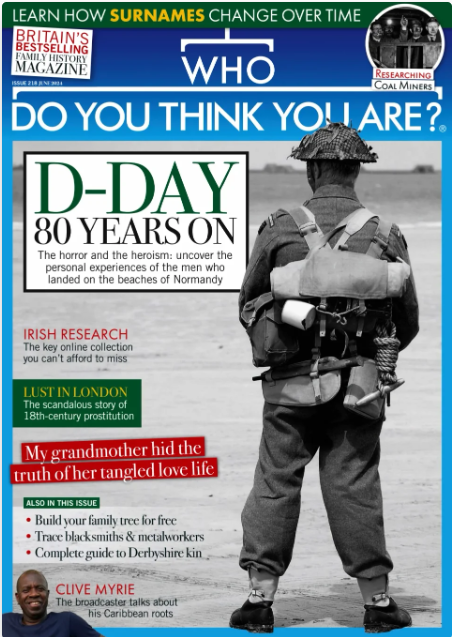 The 80th anniversary of D-Day features on the cover of the new issue. Gavin Mortimer pays tribute to the ordinary men who experienced an extraordinary event. There’s minimal reference to Canadian involvement.
The 80th anniversary of D-Day features on the cover of the new issue. Gavin Mortimer pays tribute to the ordinary men who experienced an extraordinary event. There’s minimal reference to Canadian involvement.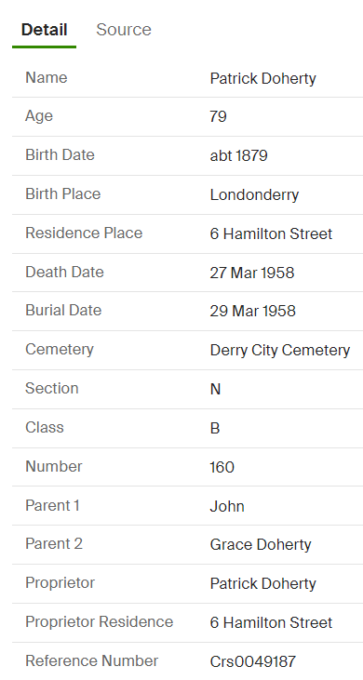 This new Ancestry collection contains
This new Ancestry collection contains 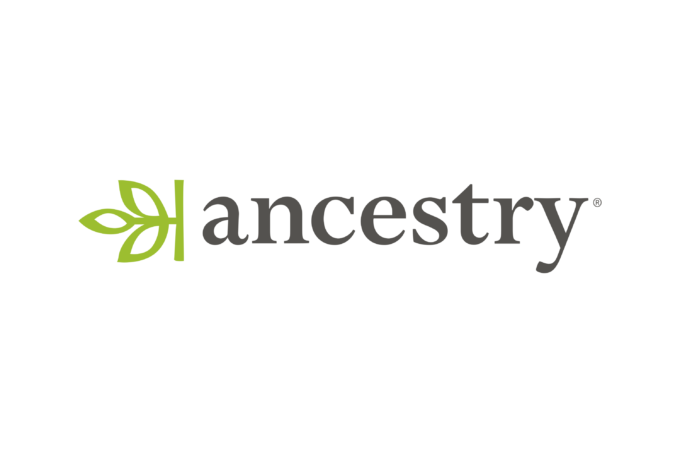 This collection contains 447,396 records. It includes images of the original and a browse capability,
This collection contains 447,396 records. It includes images of the original and a browse capability,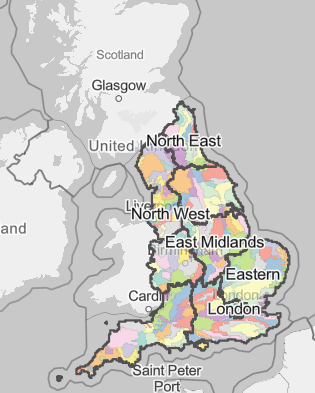 How can you find out about the natural landscape of the area your English ancestors came from?
How can you find out about the natural landscape of the area your English ancestors came from?
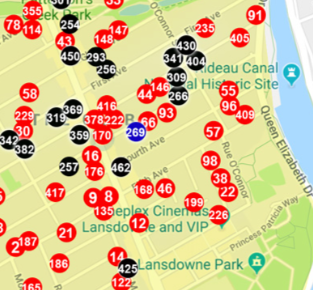 During the Second World War, over 45,000 Canadian servicemen and women made the ultimate sacrifice. They aren’t just numbers. To truly comprehend the enormity of this loss, examine the impact at a local level.
During the Second World War, over 45,000 Canadian servicemen and women made the ultimate sacrifice. They aren’t just numbers. To truly comprehend the enormity of this loss, examine the impact at a local level.